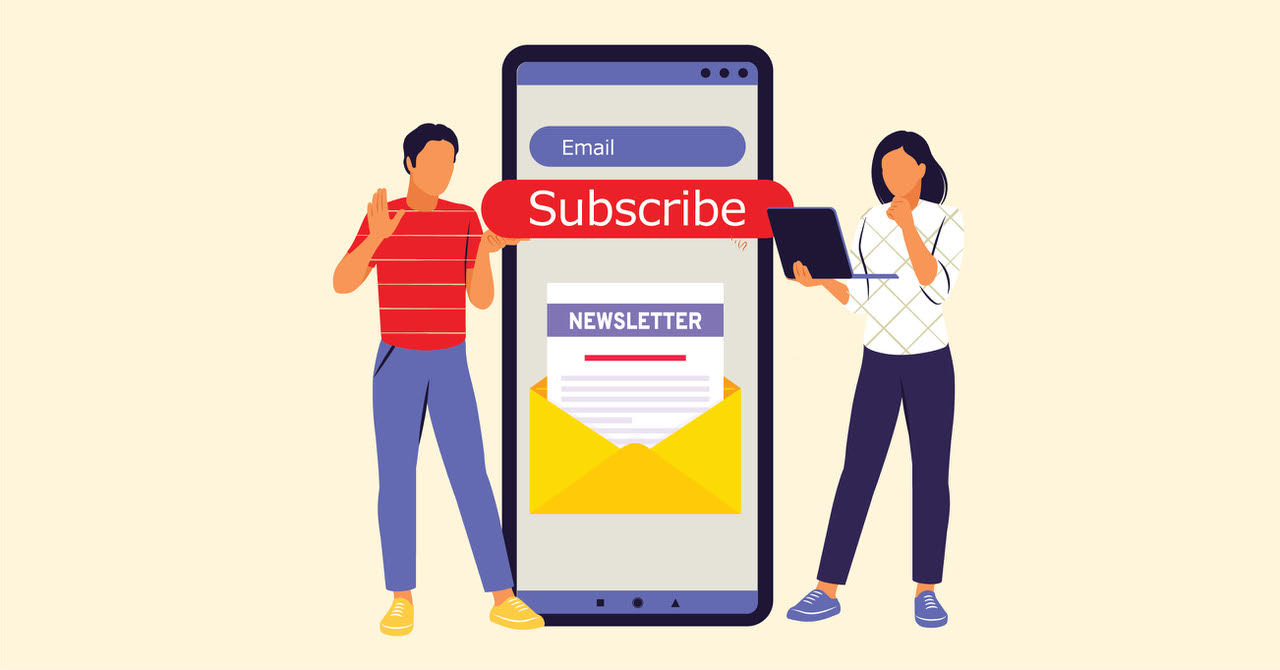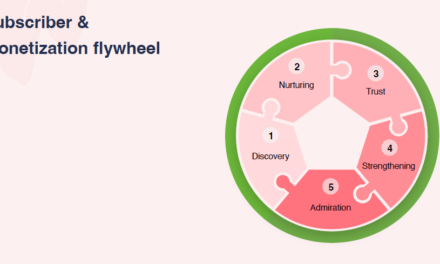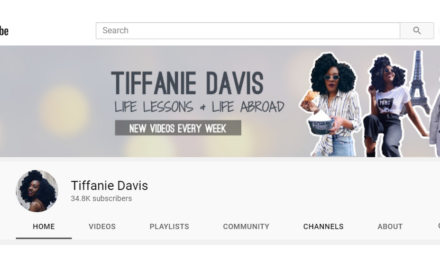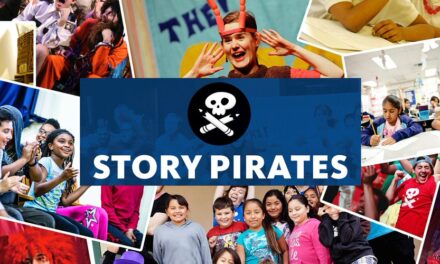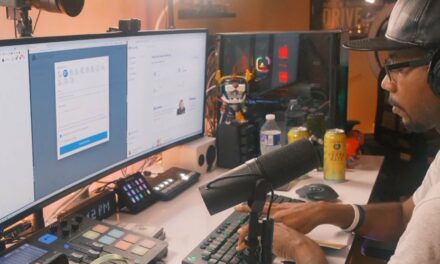Blogs are great. They served a need in Web2 and provided many digital creators a path to online entrepreneurship. But they’re no longer the best way to start your content entrepreneur journey.
Where should you start instead?
A newsletter.
Why blogs aren’t a good place to start
Here’s the challenge with blogs: a visitor reads your post, clicks a few links, and vanishes. No sale, no engagement, no email captured.
Your visitor did a little window shopping but didn’t ring the register.
When you start your content business with a newsletter, you capture the most important piece of the audience interaction – their email address.
Starting a #newsletter is a better choice than launching a #blog first for #ContentEntrepreneurs, says Dylan Redekop of @GrowthCurrency. Click To TweetNot convinced? Here are six reasons why starting a newsletter is a better, more efficient starting point than a blog.
1. Collecting emails is the attribute of newsletters
Even if you read nothing else, please read this point: Starting a newsletter first leapfrogs whatever you could do with a blog at the beginning. Collecting email addresses is quite often and almost always the point.
Every creator starts with zero newsletter subscribers. But with consistent publishing and promotion (and good content), you can acquire subscribers. With a way to contact your audience directly, you’re off to the races.
Every creator also starts with zero blog readers. You publish, promote, and get a few eyeballs. But then what? Those visitors poke around and bounce. They’re gone, and you may never get them back. Wouldn’t it have been awesome to know who they are (i.e., to get their email address) so you could nurture that relationship with a newsletter.
Newsletter benefit? You know and can contact your subscribers. Blog downside? Visitors poke around and bounce without you knowing who they are, notes Dylan Redekop of @GrowthCurrency. #CreatorEconomy Click To Tweet2. Starting a newsletter is free and frictionless
You can create, write, and publish your first newsletter in 30 minutes. Platforms like ConvertKit, Substack, and Revue make this possible. However, starting a blog can be costly as you likely need to buy a domain, pay for monthly hosting, invest in a theme or designer, operationalize the site, etc.
I’m not saying, “Don’t do a blog.” I am saying, “Don’t make a blog your first content vehicle.”
3. Newsletters are active content
Think of starting a blog like opening a coffee shop. You flick on the “open” sign and crickets. (I’ve done this – it sucks).
But starting a newsletter is like Uber Eats. You promote the newsletter, and people intentionally sign up to get it delivered to their inbox. (I’ve done this – it’s awesome).
And if the newsletter is good enough, you might even be able to charge for it like Lenny Rachitsky, who charges $15 a month or $150 a year for Lenny’s Newsletter, or Maria Pompliano, who charges $10 a month or $50 a year for The Profile.
4. Newsletter ads can bring bigger revenue more quickly
Getting ad revenue from a blog is hard. It can take a long time to even get to the point where your Adsense revenue covers your hosting and domain costs. That’s because it’s calculated based on total impression numbers – you have to continually attract a large audience to reap the ad revenue.
With newsletters, once you hit a few hundred subscribers, you can attract sponsors or advertisers on platforms like Swapstack, Paved, or Letterwell. The more different your newsletter’s content tilt, the more you may be able to charge for advertisers who covet that subscribed audience more than they do a large group of people who can’t be identified (i.e., total impressions).
5. Affiliate links can work more quickly with a newsletter
Blogs with affiliate marketing links can be good. You can make good money. But, like ad deals, it takes a lot of time, effort, and visitors.
But curating relevant affiliate links in your newsletter can help you gain revenue traction a lot faster. If you do it right, you build credibility and trust with your newsletter subscribers. Your recommendation of a product or service bears weight. But with that trust comes responsibility. Only promote products and services that you use or are knowledgeable about. Disclose any revenue relationship in the newsletter, with language such as “This newsletter may receive revenue from Brand ABC if you make a purchase using this link.”
#AffiliateLinks can bring in more revenue earlier for #newsletter creators because they have built trust with their audience. The same can't be said for a #blog, notes Dylan Redekop of @GrowthCurrency. #CreatorEconomy Click To TweetCAVEAT: If you aren’t trustworthy and credible with your affiliate links (or anything else), expect unsubscribes.
6. A newsletter can expand to become a blog
Most email newsletter platforms offer a blog-style content feed. You can use that link to promote and share your content. You also can leverage the SEO benefits by migrating your newsletter content to a hosted domain at some point. But you don’t have to do that until you’ve made progress in building and owning your audience.
Go for the newsletter first
Blogs have served a need in Web2. They provided the creator with a self-hosted content platform (not “rented land”) along with a way to get the content found through search. They provided an opportunity (and still do) to sell affiliate products, gain credibility in your niche, provide lead magnets, among many other things.
But starting your content entrepreneur journey in Web3 requires evolutionary thinking. I believe starting a newsletter is more productive than starting a blog.
Ready to get started?
If you arrived here without subscribing to The Tilt’s first content product, you can sign up for the twice-a-week newsletter here. (Full Disclosure: All tools mentioned are identified by the author. At The Tilt, we’ve been using ConvertKit, which is now a sponsor, since the beginning.)
About the author
Dylan Redekop writes the Growth Currency newsletter each week helping creators start, grow, and monetize their newsletters. Dylan's also sharing his newsletter growth experience on Twitter at his @growthcurrency handle. When he's not writing his newsletter, Dylan's spending time with his family, working in a full-time marketing role, or hitting the pavement for a 10k run.
